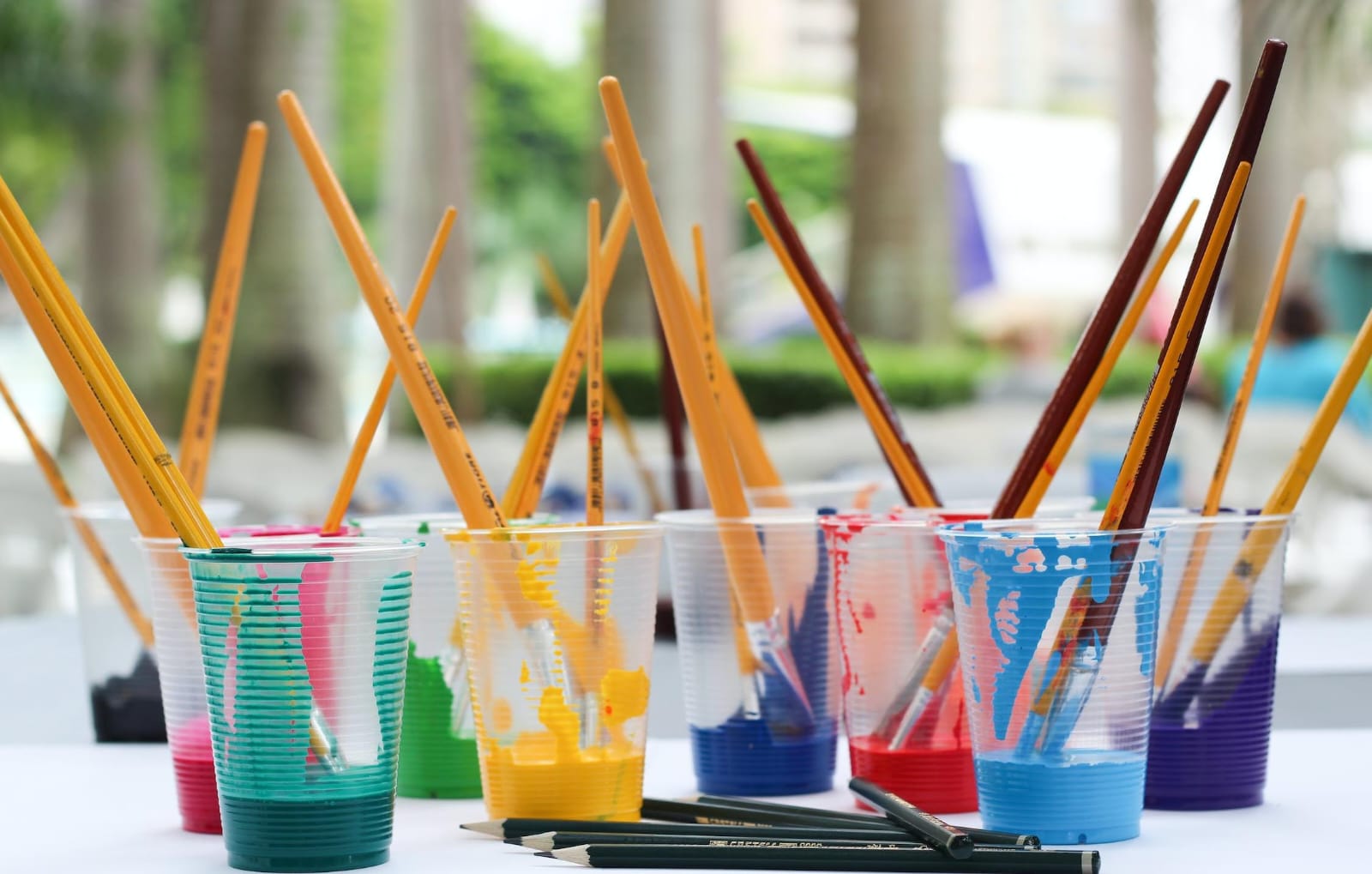Art, in its myriad forms, has been an essential part of human culture and civilization for millennia. From prehistoric cave paintings to contemporary digital creations, art reflects our experiences, emotions, and aspirations. It has the power to inspire, challenge, and provoke thought. In this essay, we will explore the significance of art, its various forms, and its enduring impact on society and individuals.
The Diversity of Art Forms:
- Visual Arts: Visual arts encompass a wide range of mediums, including painting, drawing, sculpture, photography, and printmaking. Artists use these forms to express their creativity, emotions, and perspectives.
- Performing Arts: Performing arts include theater, dance, music, and opera. These art forms come to life through live performances and often involve collaboration among artists.
- Literature: Literature is an art form that uses written or spoken language to convey stories, ideas, and emotions. It includes poetry, prose, novels, essays, and more.
- Film and Cinema: The film industry combines visual arts, storytelling, and music to create immersive experiences that entertain, inform, and provoke thought.
- Architecture: Architecture blends art and science to design and construct buildings and structures that serve functional and aesthetic purposes.
- Digital and New Media: The digital age has given rise to new forms of art, such as digital painting, animation, virtual reality, and interactive installations.
The Significance of Art:
- Cultural Expression: Art serves as a means of cultural expression, preserving and conveying the values, beliefs, and traditions of societies throughout history.
- Emotional Outlet: For artists, creating art can be a therapeutic and cathartic process, allowing them to channel their emotions and experiences into their work.
- Communication: Art can communicate complex ideas and emotions that may be difficult to express through words alone. It transcends language barriers, allowing for cross-cultural understanding.
- Social Commentary: Many artists use their work to comment on social, political, and environmental issues, sparking conversations and raising awareness.
- Inspiration: Art has the power to inspire individuals, motivating them to think creatively, explore new perspectives, and pursue their own artistic endeavors.
- Aesthetic Enjoyment: Art provides aesthetic pleasure, enriching our lives with beauty and sensory experiences.
- Preservation of History: Artifacts and artworks from different periods offer insights into the past, preserving history and culture for future generations.
Art’s Impact on Society and Individuals:
- Social Change: Art has played a role in driving social change and advocating for civil rights, equality, and justice. For example, the civil rights movement was strongly influenced by art, music, and literature.
- Identity and Belonging: Art can help individuals connect with their cultural heritage, explore their identity, and foster a sense of belonging.
- Mental and Emotional Well-being: Engaging with art, whether as a creator or a viewer, can have therapeutic benefits, promoting mental and emotional well-being.
- Education: Art education is an essential part of curricula worldwide, fostering creativity, critical thinking, and problem-solving skills.
- Economic Value: The creative industries, including visual arts, performing arts, and design, contribute significantly to economies by generating jobs and revenue.
Conclusion:
Art is a testament to the boundless creativity and expressive capacity of humanity. It enriches our lives, inspires us, and offers a window into the cultural, historical, and emotional landscapes of our world. As we continue to create, appreciate, and support art, we celebrate the diversity of human expression and the enduring legacy of creativity that defines our shared human experience. Art reminds us of the beauty and complexity of life, transcending time and place to touch the hearts and minds of generations past, present, and future.

